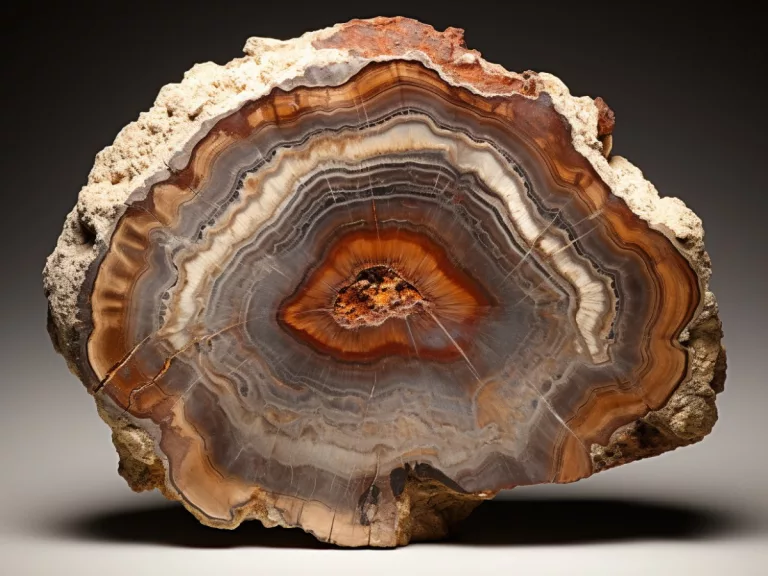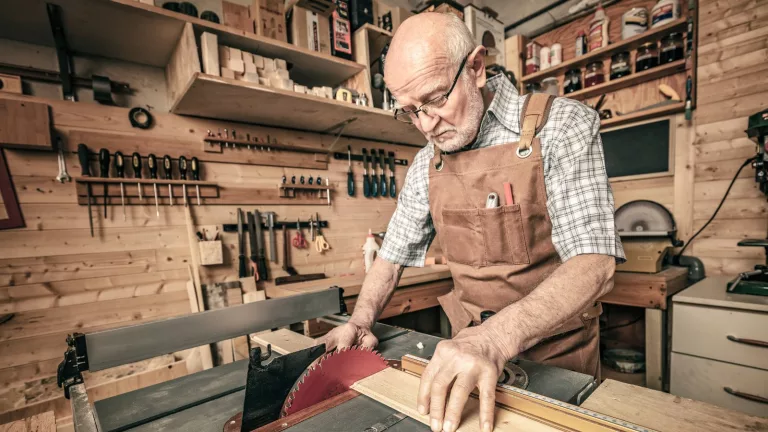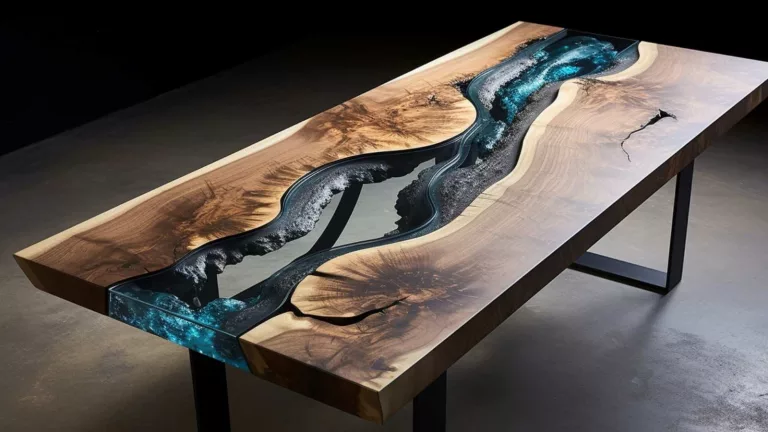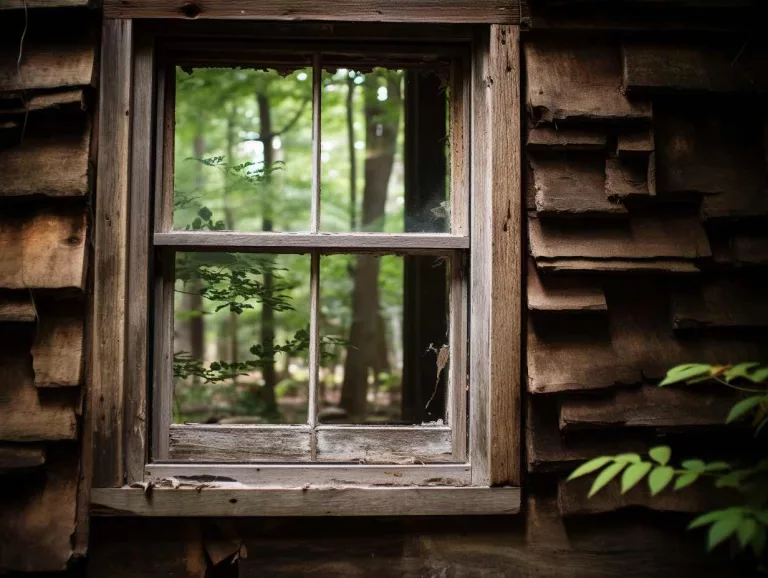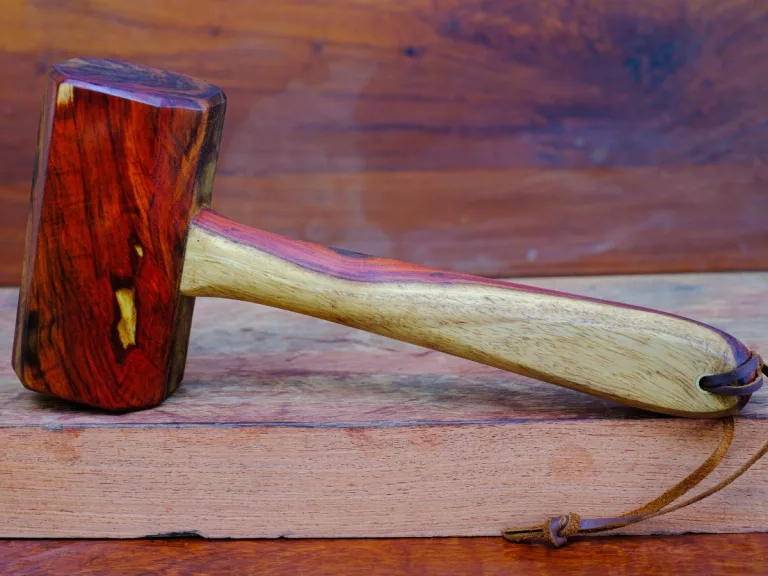Why Is Wood Brown? Unraveling the Science Behind Wood’s Natural Color

Key Takeaways
Chemical Interactions: Wood’s brown color stems from its chemical makeup, notably lignin and tannins, which interact with light.
Sunlight Effect: UV rays naturally alter wood’s appearance, enriching its color over time.
Environmental Influence: Soil and climate influence wood’s hue, with environmental conditions dictating color variations.
Aging Process: Aging from sapling to lumber deepens wood’s color, reflecting its growth journey.
Woodworking Impact: Woodworking finishes and treatments can modify wood’s natural color, enhancing its beauty and resilience.
Why Is Wood Brown?
Ever wondered why the desk you’re sitting at, the wooden spoon you stir your coffee with, or the tree in your backyard all share that familiar shade of brown? It’s not just a stroke of nature’s paintbrush; there’s a whole world of science, environment, and craft behind those hues. Whether you’re a seasoned carpenter, a curious homeowner, or just someone who appreciates the warmth and beauty of wooden items, understanding the color of wood opens up a deeper appreciation for this versatile material. So, let’s dive into the roots (pun intended) of why wood is brown, exploring the scientific, environmental, and practical aspects that give wood its color.
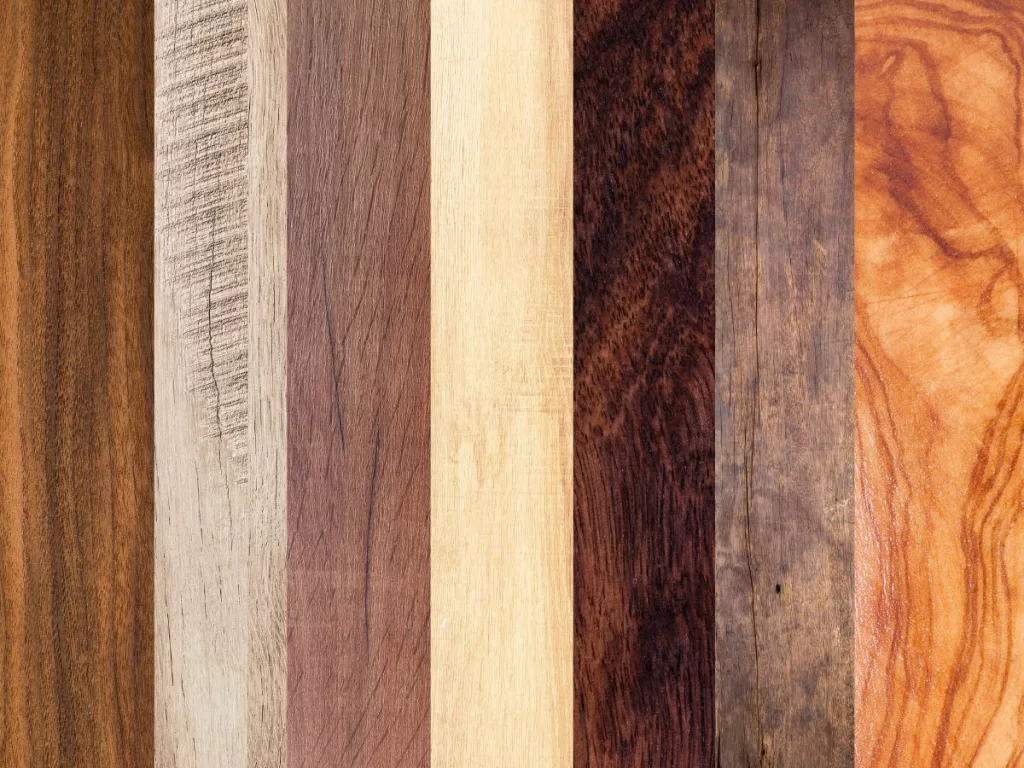
The Science of Wood Coloration
The fact that the reflected light from wood has the wavelength of around 600 Nano-meters. This wavelength corresponds to the brown color of the visible spectrum for human eyes.
The Role of Chemical Compounds
Wood’s color isn’t just about aesthetics; it’s a tale of survival, adaptation, and the complex chemistry of life.
Lignin and Its Impact on Wood Color
- Lignin’s Role: Acts as the structural glue in wood, providing strength and rigidity.
- Color Influence: Major contributor to wood’s color; transforms under sunlight and air exposure.
- Natural Aging: Undergoes chemical changes that result in wood’s rich brown hues.
- Aesthetic Connection: Links wood’s structural integrity with its visual appeal.
Tannins and Other Extractives
- Tannins Defined: Serve as natural preservatives in wood, guarding against decay and pests.
- Color Contribution: Significantly influence wood’s color spectrum, from pale yellows to deep reds.
- Diversity in Color: Key players in the wide range of wood colors observed.
- Beyond Tannins: Flavonoids and carotenoids also contribute to wood’s varied hues.
In crafting this exploration, we’ve leaned on the expertise of botanists, woodworkers, and chemists, ensuring that every nugget of information is not just accurate but also illuminates the intricate dance of elements that gives wood its color. By weaving together scientific insights with a touch of everyday wonder, we aim to connect with you, the reader, on a journey of discovery that celebrates the natural beauty of wood in all its shades and textures.
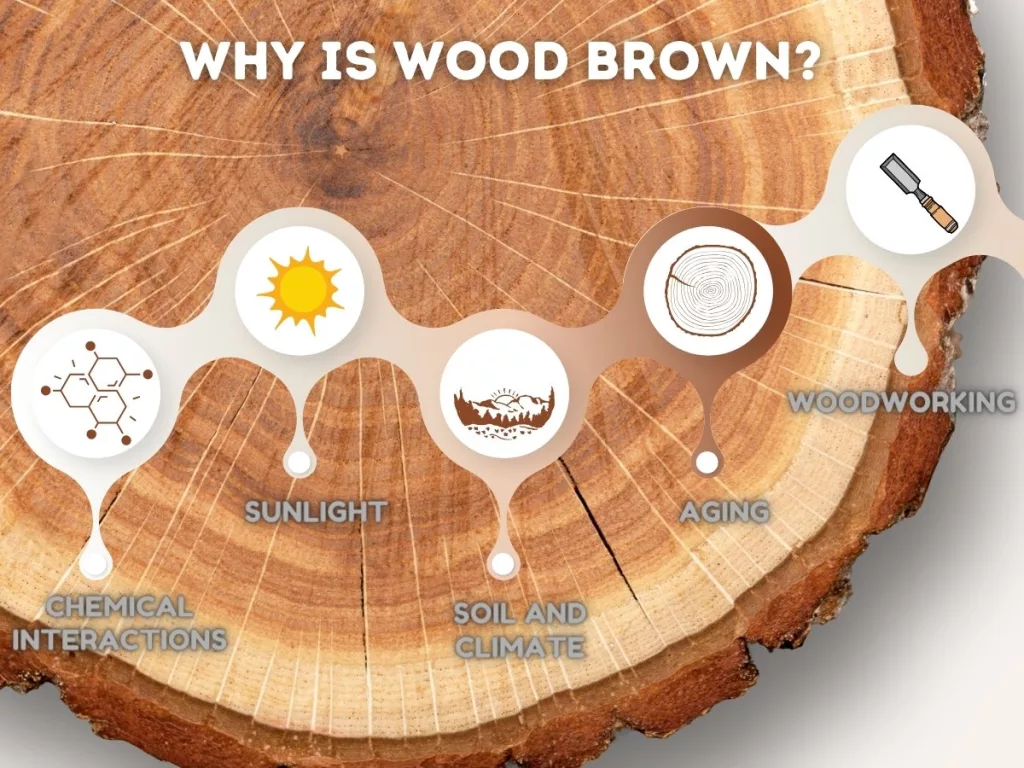
Light and Color Perception
This interplay of absorption and reflection is not just a matter of chance; it’s a finely tuned process that has evolved over millennia. Each species of wood, with its unique chemical makeup, interacts with light in a way that’s as distinctive as a fingerprint. This is why the oak in your living room has a different shade than the pine in your study, even though they both share the same earthy palette.
How Wood Absorbs and Reflects Light
Imagine wood as a sponge, but instead of absorbing water, it soaks up light. Not all light, though. Wood selectively absorbs certain wavelengths of light, and what it doesn’t absorb, it reflects. This selective absorption and reflection are what give wood its color. The compounds within wood, like lignin and tannins, play a significant role in determining which wavelengths get absorbed and which get bounced back to our eyes. This process is a beautiful dance between wood and light, creating the rich palette of browns we associate with different types of wood.
Environmental Influences on Wood’s Color
Sunlight and Aging
Sunlight’s touch on wood is both a blessing and a brushstroke, aging it gracefully and altering its hues with time.
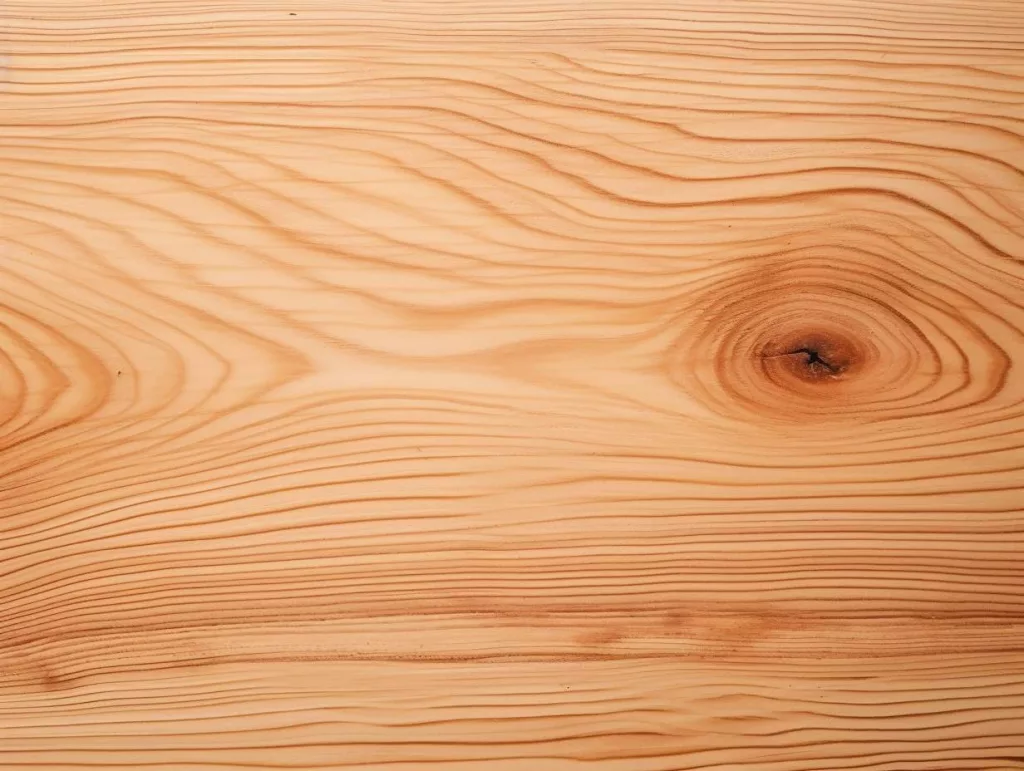
The Effect of UV Exposure on Wood Color
Sunlight, the giver of life, is also a master painter, subtly altering the color of wood over time. Ultraviolet (UV) rays in sunlight trigger chemical reactions in the wood’s surface, leading to a gradual change in color, often making the wood appear darker or, in some cases, giving it a silvery-gray patina. This natural process, akin to the aging of wine, adds character and depth to the wood, telling the story of its journey through time.
The Role of Soil and Climate
Soil and climate weave the very essence of a tree’s color, crafting hues as diverse as the landscapes they thrive in. This natural alchemy, hidden beneath the bark, reveals a world of color shaped by the earth and sky.
Geographic Variations in Wood Color
Just as the terroir affects the flavor of grapes for wine, the soil and climate where a tree grows imprint upon the color of its wood.
- Trees in rainforests often have darker hues due to lush, moist soils.
- Desert-grown trees may exhibit lighter colors, reflecting arid conditions.
- Geographic variations give wood a unique identity tied to its origin.
- Soil minerals, rainfall, and sunlight intensity influence wood’s color spectrum.
- The natural environment crafts a diverse palette from deep mahoganies to light maples.
The Evolution of Wood Color
Wood isn’t just a material; it’s a story that evolves from a tiny sapling into the sturdy lumber we use in our daily lives. This journey is marked by a fascinating transformation in color, a process influenced by an array of factors that add depth and character to wood.
From Sapling to Lumber
The journey from sapling to lumber encapsulates a story of transformation, marked by the passage of time and the elements. It’s a testament to nature’s resilience and the silent, yet profound, evolution within the heart of the wood.
The Aging Process of Wood
As a tree grows, its wood undergoes significant changes, not just in size but in color and composition. Initially, the young wood, often lighter and softer, gradually darkens as it matures. This natural aging process is a dance of biology and chemistry, where exposure to air and sunlight catalyzes reactions within the wood’s cellular structure, deepening its hue. The heartwood, or the tree’s core, typically exhibits a darker color compared to the outer sapwood, a testament to its age and the life it has lived.
Color Changes During Woodworking
The alchemy of woodworking brings out the hidden beauty in wood, showcasing how human craftsmanship intersects with nature’s palette to create enduring artistry.

Impact of Finishing and Treatment
Once wood is cut and processed into lumber, its journey isn’t over. Woodworkers and artisans play a crucial role in its next phase of color transformation through finishing and treatment.
- Finishes (oils, stains, varnishes) protect and alter wood’s color.
- Light oak can be stained to resemble dark walnut, adding design versatility.
- Torrefaction darkens wood and increases durability.
- Finishing techniques enhance wood’s beauty and longevity.
Expert Insights on Wood Coloration
The world of wood is as diverse as it is beautiful, with each piece telling its own story through its color. To delve deeper into this narrative, we’ve reached out to those who know wood best: forestry experts and seasoned woodworkers. Their insights shed light on the myriad factors that influence wood coloration, offering a richer understanding of this natural phenomenon.
Interviews with Forestry Experts and Woodworkers
Drawing from years of experience, these professionals highlight the significant role of genetics, soil composition, and climate in determining wood color. One forester shared a captivating story of a particular maple tree, which, due to a unique mineral composition in the soil, produced wood of an unusually deep red hue, a stark contrast to the typical light maple color. Similarly, a woodworker recounted the transformation of cherry wood from a pale pink to a rich, golden brown as it aged, a process accelerated by light exposure. These anecdotes underscore the complex interplay of external conditions and intrinsic properties that dictate wood’s coloration.
Practical Tips for Homeowners and Craftsmen

Pro Tip 1: Choose wood not just for its current color but for how it will age, with walnut or mahogany for indoors and cedar or teak for outdoors
Pro Tip 2: Protect wood’s color with UV finishes indoors and sealants outdoors. Regular care, including sanding and oiling, keeps it vibrant.
Whether you’re selecting wood for a new dining table or looking to maintain the luster of your hardwood floors, understanding wood coloration can guide your choices.
Selecting Wood Based on Color
In wood selection, color acts as a beacon and a harbinger, revealing the material’s potential evolution and the narratives it will weave with its shades.
Considerations for Furniture and Construction
Choosing the right wood for your project goes beyond just picking a color you like. It’s about understanding how that color will evolve over time. For furniture that will be kept indoors, consider woods like walnut or mahogany, which tend to darken gracefully. For outdoor projects, cedar or teak can offer beautiful coloration while withstanding the elements. Remember, the initial color you see in the lumber yard isn’t the end story; it’s just the beginning.
Maintaining the Natural Color
Caring for wood is an art that honors its natural beauty, ensuring that each piece retains its vibrant color and character through the years.
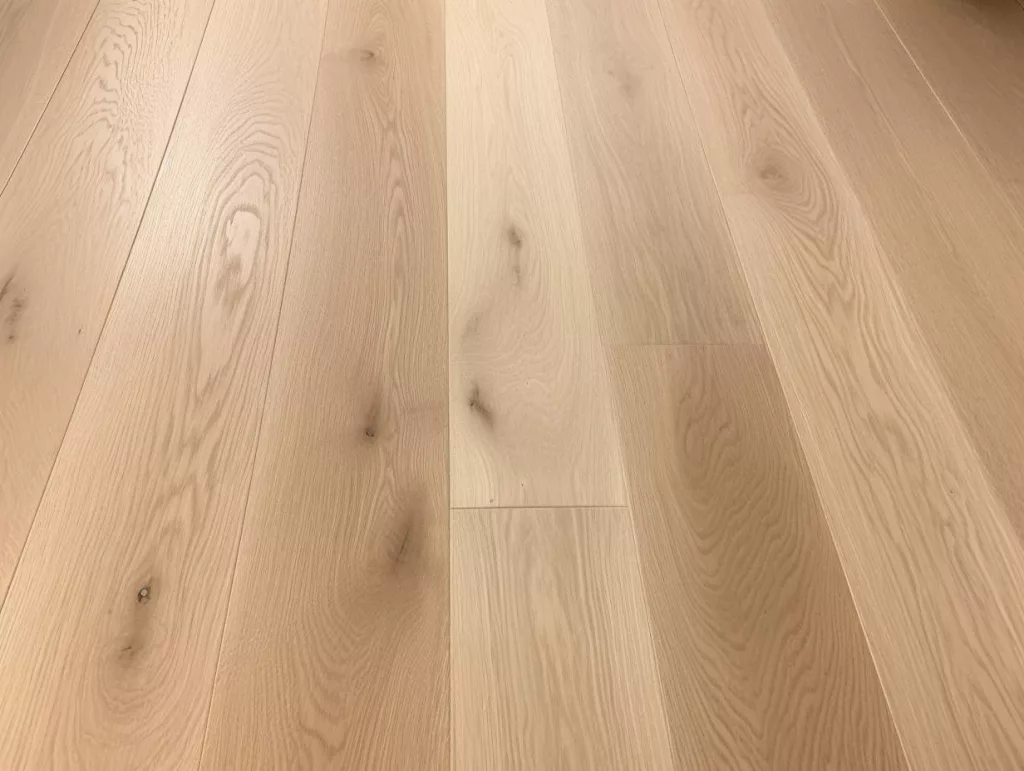
Best Practices for Wood Care
Preserving wood’s natural color, especially in pieces exposed to sunlight, requires a bit of know-how. For indoor furniture, periodic application of a UV-protectant finish can help minimize sun bleaching. For outdoor wood, consider using a sealant that offers UV protection to keep those rich tones from fading. Regular cleaning and maintenance also play a crucial role in preserving wood’s color and vitality. A woodworker shared a tip: for pieces that have begun to lose their luster, a light sanding followed by an application of oil can often rejuvenate the wood’s natural color.
Conclusion
As we’ve journeyed through the rich tapestry of wood’s coloration, from the deep, scientific roots that anchor its hues to the practical tips that help preserve its beauty, it’s clear that wood is more than just a material. It’s a living, breathing testament to nature’s artistry. We’ve uncovered the intricate dance between light and lignin, the environmental factors that paint wood’s palette, and the wisdom of experts who’ve spent lifetimes working with this versatile medium.
References and Further Reading
For those eager to delve deeper into the world of wood coloration, the following resources offer a wealth of knowledge:
- Scientific Studies: “Color changes of wood and wood-based materials due to natural and artificial weathering” – A comprehensive study published in Taylor and Francis Online.
- Online Resources: The Wood Database (www.wood-database.com) – An extensive online resource offering detailed information on the coloration, grain, and properties of various wood species.
FAQs
What wood is dark brown?
Walnut is known for its rich, dark brown color, offering deep tones that are both elegant and versatile for various applications.
What is brown wood?
Brown wood typically refers to wood that naturally exhibits brown hues, common in species like walnut, mahogany, and oak.
Which way should wood flooring be laid?
Wood flooring should ideally be laid perpendicular to floor joists and, if possible, in the direction that leads from the entrance towards the interior, enhancing visual flow and structural integrity.
Why is wood blue?
Wood turns blue due to a fungal infection known as sapstain, which affects the sapwood (Sapwood is the outer, younger layer of wood in a tree, lying just beneath the bark, responsible for transporting water and nutrients from the roots to the leaves.) of some trees, particularly when stored in damp conditions.
Why is wood not a mineral?
Wood is not a mineral because it is organic, derived from trees, and does not have a crystalline structure like minerals, which are inorganic substances.
What is dark brown wood called?
Dark brown wood is often called walnut, known for its deep, chocolatey tones, though other species like mahogany and teak can also exhibit dark brown colors.
Why is pressure treated wood brown?
Pressure-treated wood is brown due to the preservatives used in the treatment process, which protect the wood from rot and pests, and often include a brown dye to give a uniform color.
Are dark or light hardwood floors better?
The choice between dark or light hardwood floors depends on personal preference and practical considerations like room size, lighting, and maintenance. Light floors can make a room appear larger and hide dust better, while dark floors offer warmth and elegance but may show dust and scratches more easily.
Why is my boxwood turning brown?
Boxwood turning brown can be due to several factors, including winter burn from cold winds, fungal diseases like boxwood blight, or pests. Proper care and treatment depend on the specific cause.

